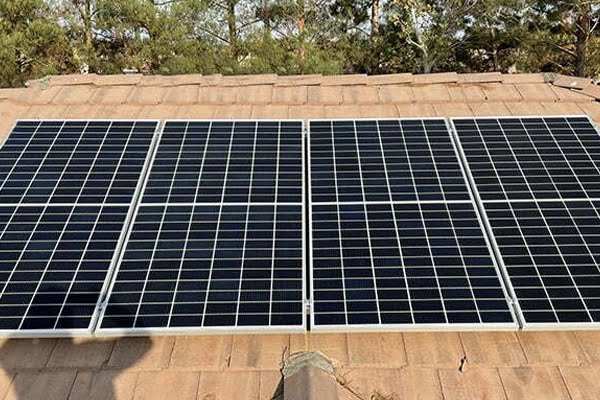Time of Use (TOU) is a plan that is proved by the utility companies based on when property owners consume their electricity. It factors in the cost of electricity that so distributed to the home/business throughout the day, where the peak hours cost a higher price while non-peak hours cost a lower price. Although some utilities in California already offer an opt in TOU rate, once a home goes solar, it is incorporated into their NEM (Net Energy Metering) billing plan.
Most rates offered by utility companies are a tiered structure that sets a cost per kilowatt hour throughout the day which accumulates throughout the month with the electricity that is consumed. Tier rates have their downside because once a certain threshold has been met for a tier, the price per kilowatt hour will dramatically increase once usage moves to the next tier. Taking into consideration the summer months, when energy usage at a peak level, the cost per kilowatt hour will vary.
With a TOU plan, customers have the opportunity to adjust the timing of their electricity usage which in return lowers their bills and also provides relief to the utilities peak load. The idea is to have households better manage their energy consumption so that their solar system brings in more energy than what the utility can send to the home. Households can shift their electric consumption from peak to off-peaks by considering when to use certain appliances during the day. Avoiding constant running of the HVAC, doing laundry, or using and electric heaters during peak hours will allow TOU benefits.
SEC TIME OF USE PLAN TYPES
FIND THE RIGHT SCE RATE FOR YOU
HOW MANAGE TIME OF USE WITH SOLAR
Your solar panels will generate it’s power during the day. So if the home is consuming electricity during the day, solar will be the main source of that energy. By better managing electricity during day, you can send more of that solar energy back to the utility so that come night, it will be return back to you as a credit. Consider how you use energy during the peak hours. If it doesn’t need to be on and nobody is at home, turn it off. If certain appliances have timers, be sure to time it appropriately.
The utility buys back the electricity during the peak at the rate for that time and sends electricity (as credits) back to the home at an off-peak hour rate. For example, if the Peak TOU is let’s say 12 cents a watt and the off peak, you’re buying electricity back at 6 cents a watt, you’re practically making a profit will be paying less for any additional energy that you from the utility.
TOU pricing is a voluntary program. Some people work at home and run their business, such as a home office or a day care facility. Does TOU still make a difference? With such scenarios it still may be best to stick with a tier rate because during the day, you’re using up the solar power that is being generated and less excess energy is going to be returned back to the utility.





